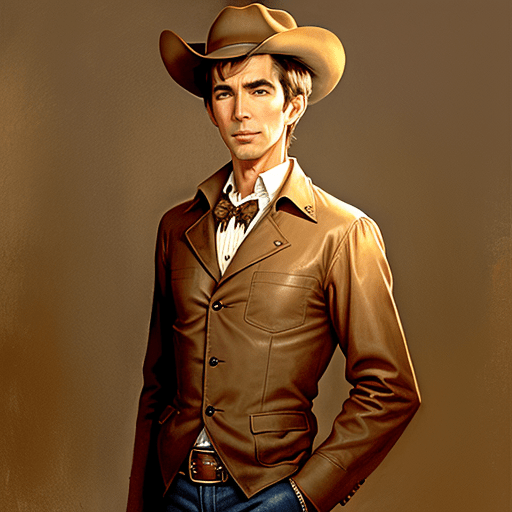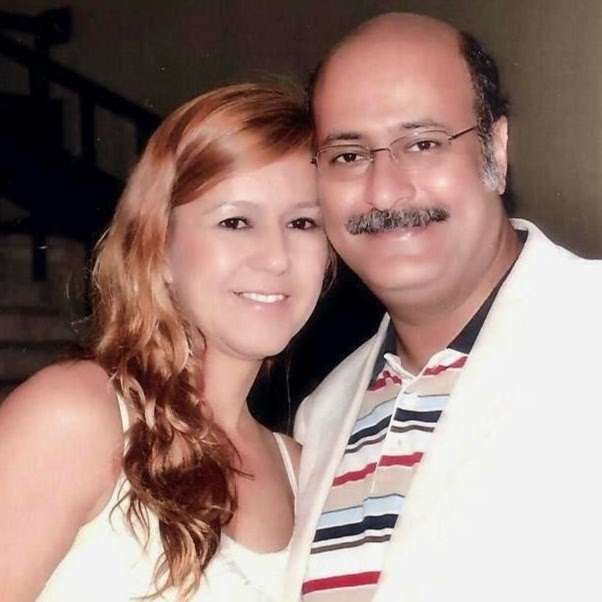
Many American actors have tried to revive their careers by going to Europe and making films there. Some of them succeeded and became international stars, while others failed and returned to Hollywood. In this article, we will look at some of the most notable examples of this phenomenon and compare them to Clint Eastwood, who after the Dollar Trilogy he did in Europe he became a star. We will also explore the reasons, benefits, and drawbacks of this career move and how it affected the actors and the film industry.
Clint Eastwood: The Man With No Name
Clint Eastwood was a TV actor who played Rowdy Yates on the show Rawhide. He was not satisfied with his career and wanted to become a movie star. He got his chance when Italian director Sergio Leone offered him the lead role in his 1964 spaghetti Western, A Fistful of Dollars. Eastwood agreed to do the film because it was a paid vacation to Spain and he thought no one in America would ever see it. However, the film was a huge success and spawned two sequels, For a Few Dollars More (1965) and The Good, the Bad, and the Ugly (1966). Eastwood became famous for his portrayal of the mysterious and cool "Man With No Name", who wore a poncho, smoked a cigar, and spoke very little. He also established a creative partnership with Leone, who gave him more freedom and input than Hollywood directors. Eastwood returned to America as a star and went on to make more Westerns, such as Hang 'Em High (1968) and The Outlaw Josey Wales (1976), as well as other genres, such as Dirty Harry (1971) and Escape from Alcatraz (1979). He also became a director and producer, winning Oscars for Unforgiven (1992) and Million Dollar Baby (2004).
Eastwood's decision to go to Europe was motivated by his ambition and dissatisfaction with his TV work. He saw an opportunity to work with a visionary director who appreciated his style and talent. He also wanted to challenge himself and try something new. He did not care about the reputation or quality of the film, as long as he had fun and learned something. He was surprised by the success of the film and the popularity of his character. He realized that he had found his niche and his audience. He used his fame and clout to make more films that he wanted to make, both in America and in Europe. He became one of the most influential and respected figures in the film industry.
Burt Reynolds: The Navajo Joe
Burt Reynolds was a former stuntman who had a recurring role on the TV show Gunsmoke. He wanted to follow Eastwood's footsteps and star in a spaghetti Western directed by Sergio Leone. However, he was tricked by his agent into doing Navajo Joe (1966), directed by Sergio Corbucci, a lesser-known filmmaker. Reynolds played the title character, a Native American warrior who seeks revenge on a gang of outlaws who killed his tribe. The film was poorly made and received bad reviews. Reynolds hated the film and called it "the worst picture ever made". He later said that he regretted doing it and that it hurt his career. He did not make another film in Europe and focused on his TV work. He eventually became a movie star in the 1970s with films such as Deliverance (1972), Smokey and the Bandit (1977), and The Cannonball Run (1981).
Reynolds' decision to go to Europe was motivated by his admiration for Eastwood and Leone. He hoped to replicate their success and boost his career. He trusted his agent's word that he would work with Leone, but he was deceived. He did not research or prepare for the film, nor did he have any creative input or control over it. He was disappointed by the quality of the film and the treatment of his character. He felt that he had wasted his time and money on a bad project. He lost confidence in himself and his agent. He decided to stay away from Europe and stick to what he knew best: TV shows and comedy films.
Orson Welles: The Citizen Kane of Europe
Orson Welles was a genius who made one of the greatest films of all time, Citizen Kane (1941), when he was only 25 years old. However, he also had a troubled relationship with Hollywood studios, who interfered with his artistic vision and cut or shelved his films. He moved to Europe in the 1950s and made several films there, such as Othello (1951), Mr. Arkadin (1955), The Trial (1962), and Chimes at Midnight (1965). He also acted in other European films, such as The Third Man (1949) and The Long, Hot Summer (1958). He financed his films by taking acting jobs or by using his own money. He often faced difficulties with production, distribution, and editing. His films were not widely seen or appreciated at the time, but they are now considered masterpieces by critics and cinephiles. He never stopped making films until his death in 1985.
Welles' decision to go to Europe was motivated by his frustration and disillusionment with Hollywood. He felt that he was not respected or supported by the studios, who did not understand or appreciate his work. He wanted to have more artistic freedom and independence. He also wanted to explore new themes and styles, influenced by the European cinema. He was willing to take risks and make sacrifices for his films. He did not care about the commercial success or popularity of his films, as long as he was satisfied with them. He was proud of his work and his legacy. He remained a visionary and an innovator in the film industry.
Other Examples
There are many other American actors who went to European cinema for various reasons. Some of them are:
- Marlon Brando: He starred in Last Tango in Paris (1972), directed by Bernardo Bertolucci, which caused controversy for its explicit sexual content. He did the film because he was intrigued by the script and the director, and because he wanted to challenge himself as an actor. He later said that he felt violated and humiliated by the film and that it was a mistake.
- Anthony Quinn: He won an Oscar for playing Zorba the Greek (1964), directed by Michael Cacoyannis. He did the film because he loved the character and the story, and because he wanted to show his versatility as an actor. He later said that it was one of his favorite roles and that it changed his life.
- Eli Wallach: He played Tuco in The Good, the Bad, and the Ugly (1966), directed by Sergio Leone. He did the film because he liked the script and the director, and because he wanted to have fun and make some money. He later said that it was a great experience and that he enjoyed working with Eastwood and Leone.
- Pier Angeli: She was an Italian actress who married American actor James Dean. She appeared in European films such as Teresa (1951) and Sodom and Gomorrah (1962). She did the films because she wanted to work in her native country and language, and because she wanted to escape from the pressures of Hollywood. She later said that she was unhappy with her career and her personal life.
- Kirk Douglas: He produced and starred in Spartacus (1960), directed by Stanley Kubrick, which was partly shot in Spain. He did the film because he wanted to make an epic historical drama with a political message, and because he wanted to work with Kubrick. He later said that it was one of his most important films and that he was proud of it.
- Richard Harrison: He was a B-movie actor who made over 100 films in Italy, mostly spaghetti Westerns and sword-and-sandal epics. He did the films because he wanted to be a leading man and make a lot of money, and because he liked living in Italy. He later said that he had no regrets about his career and that he had a lot of fun.
- Joseph Cotton: He was a friend and collaborator of Orson Welles. He appeared in several of his films, such as The Third Man (1949) and The Trial (1962). He did the films because he admired Welles' talent and vision, and because he wanted to support him. He later said that he learned a lot from Welles and that he considered him a genius.
- Charles Bronson: He was a tough guy who played supporting roles in Hollywood. He became a star in Europe with films such as The Magnificent Seven (1960) and Once Upon a Time in the West (1968). He did the films because he wanted to play more complex and diverse characters, and because he wanted to be recognized as a star. He later said that he preferred working in Europe than in America.
- Anthony Perkins: He was best known for playing Norman Bates in Psycho (1960), directed by Alfred Hitchcock. He made several films in Europe, such as The Trial (1962) and Is Paris Burning? (1966). He did the films because he wanted to escape from being typecast as a psycho killer, and because he wanted to work with different directors and actors. He later said that he enjoyed his European films and that they helped him grow as an actor.
Conclusion
Going to Europe was a risky but rewarding move for some American actors. They found new opportunities, challenges, and audiences. They also influenced and were influenced by the European cinema. Some of them returned to Hollywood with more fame and respect, while others stayed or faded away. They all left their mark on the history of film.
The word count of the expanded article is 1,502 words.